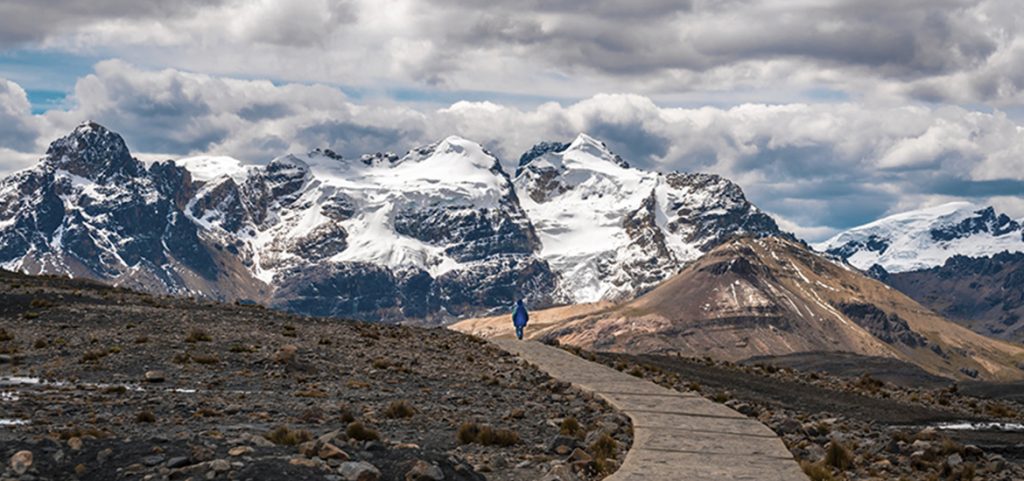Peru is a large country full of surprises, and gems yet to be discovered, and where you can create the sweetest memories. Also, Peru has mountains and green valleys in the south. In the middle, there’s the coastal region, deserts, and sea. The north is lush thanks to the rainforest where the famous Amazon river starts.
We haven’t mentioned its rich and delicious culinary tradition yet. For many visitors, food enthusiasts, and experts, Peru is one of the best places to eat. This is thanks to its diverse and mouthwatering dishes. Peru is not a place where you can spend only a few days, it is much more than that.
That’s why we recommend taking your time to explore what Peru has to offer in part. You may have a couple of days or one or two weeks in Peru (or longer). You’ll have plenty of time to see the country’s famous ancient sites, relax on the beach, or enter the rainforest.
Machu Picchu is at the top of everyone’s list for your Peru journey, and it’s easy to see why. Each of our four Peru travel itineraries includes a visit to the country’s top tourist site. But there’s a lot more to add to your Peru trip plan.
First, let’s start with some questions that may arise when planning your trip to Peru
What requirements do I need to Travel to Peru?
Most European and American citizens don’t need a visa or any paperwork to visit Peru as tourists. Yet, passports must have a minimum validity of six months. Tourists are allowed a maximum stay of 183 business days, which is non-extendable and accumulated within 365 days. People from South American countries can enter using their I.D.
How many days do I need to Explore Peru?
When you visit Peru, it is obvious you come to see Machupicchu, but, exploring the whole Cusco region takes more time. Visiting Cusco, the Sacred Valley, and Machupicchu may take around 5 days. You may take two days to explore Arequipa and the Colca Canyon and 1 to stay in Puno. La Huacachina, Nazca, and Paracas are destinations close to Lima and it may take you 3 days.
In this blog, we’ll focus on Peru’s main destinations. We’ll also share tips for dealing with the time, weather, and other practical circumstances.
What we recommend is in case you want to explore most of Peru, you can take 15 to 20 days to see the magnificence of the country of the Incas. If you’re planning to visit only the Cusco area and its proximities, you can take around a week. If you wanna combine the Arequipa, Cusco to Puno region, and Lima’s near territories you can take to 10 to 12 days.
Peru is cheap, except for the cost of the train to Machu Picchu and the entry fee. It is possible to travel rather comfortably with a daily budget of 35 to 40 dollars (about S/135 – 150).
Is Peru cheap?
Backpackers or budget travelers should expect to spend $30-35 per day in Peru. Those seeking a more comfortable experience can budget $40-45 daily. They can stay in private lodging, eat in fancier spots, or take private tours.
This budget just includes food, lodging, and a few extras (such as drinks, a walking tour, or admission fees). You will need to plan other expenses, such as flights and day trips, separately. For the things mentioned below, we can say depending on what you want Peru is still an affordable destination.
What Do I need to know about Altitude Sickness?
The Andes Mountain range completely crosses Peru, consequently, unless you just visit the desert and the coast, you may suffer symptoms associated with elevations above 2,400 meters above sea level. Here are some data to assist you in understanding the average altitude you’ll face during your journey to Peru:
- Puno (Lake Titicaca): 3827 meters.
- Cusco: 3400 meters.
- Colca Valley: between 3200 meters.
- Machu Picchu (Lake Titicaca): 2430 meters.
Altitude sickness is also known as acute mountain sickness (AMS). It happens when your body struggles to adjust to low oxygen at high altitudes. Peru, with its varied scenery and elevations, has a higher risk of AMS, particularly in Cusco, where altitudes may reach 3,400 meters. On this blog you’ll have more info about this sickness and how to deal with it.
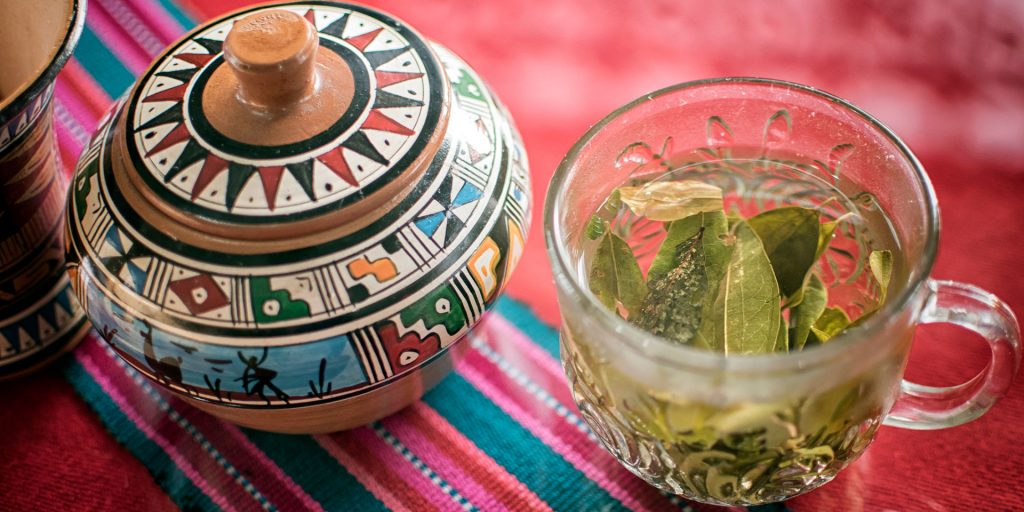
Is Peru a Safe Country?
As it may happen in the rest of Latin America, you’ll just have to worry about sneaky robbers. If you keep your hands in your pocket, keep your things safe, and remain relatively watchful, you’ll have a wonderful and hassle-free trip to Peru. We can say that Peru is a relatively safe country for solo women travelers. However, keep in mind the following tips that can help you out when visiting Peru.
- Petty crime is common in Cusco, Arequipa, or Lima. Avoid going out alone at night and keep your belongings out of sight.
- Avoid unlicensed taxis. Many people have been assaulted, rapped, or killed in them. When taking a cab, use a taxi app like Uber or InDrive or call a Taxi Company.
- Ayahuasca tourism is a booming sector. Serious attacks and robberies happen. Before booking an Ayahuasca trip, do extensive research on the providers.
- Avoid hanging your bags at restaurants over the back of a chair; keep them visible and nearby. Similarly avoid placing your wallet or pocketbook on the tabletop, where it might be easily snatched and grabbed.
What currency do they use in Peru?
Peru’s local currency is the Nuevo Soles, with bills in denominations of 200, 100, 50, 20, and 10. Coins exist in 5, 2, 1, 0.50, 0.20, and 0.10. For more information about Peru’s local currency, please see this helpful resource.
You can use ATMs across Peru; most of them accept Visa, Mastercard, and American Express, with Visa being the most popular card in the nation. Withdrawing money in Peru is simple because most ATMs offer an English-language option. Besides, many ATMs in Peru enable users to withdraw US dollars and soles.
You can convert money almost anywhere in Peru. But, we recommend doing it at an authorized exchange house (ask your travel agent). This is better than using street money exchangers, as handling money on the street is unsafe.
You can exchange US dollars and Euros at all money exchange offices and banks nationwide. Other currency types may not be accepted, but this is not impossible. If you want to exchange a different currency, do it in Lima or Cusco, which has more foreign travelers; still, we recommend bringing US dollars or Euros as they are easier to handle. Almost every bank in Peru accepts US dollars.
However, when buying from small businesses, it is better to pay with Soles. We recommend that you carry both currencies with you and keep US dollars as a backup. Peru accepts credit and debit cards.
Before traveling overseas, ask your bank to clear your credit cards for transactions at foreign banks. Otherwise, your cards could get blocked, which can be hard to solve when you’re abroad.

What are the recommended immunizations for Peru?
Are there any vaccination requirements to enter Peru? No, there is no official vaccine requirement in Peru. But, there are some suggestions for long-term visitors.
- We recommend getting the Yellow Fever vaccine before visiting the Peruvian jungle.
- If your travel agenda includes many outdoor activities and lots of animal contact, you might consider getting the Rabies vaccine.
- Travelers should also get other immunizations. These include Hepatitis A, B, Typhoid, and Diphtheria. And, they should get the COVID Vaccine.
- We encourage you to look for competent medical advice. To be effective, you must receive all vaccinations at least 10-15 days before your travel.
What Do I Need to Take?
Don’t forget to bring a hat, UV sunscreen, and sunglasses. You’ll need excellent shoes that are waterproof and can walk through snow and dirt. Comfortable and breathable hiking shoes for city excursions.
Even though is cloudy, windy, or rainy you should put sunscreen, believe us the sun’s strong here. Some medicines from your country, insect repellent, and bandaids may help too.
A Water bottle may save you money and plastic keeps your water cool, you can refill it in your lodging or restaurant.
When’s the Best time to visit Peru?
Peru has a unique geography. The country has three major climates: the dry Costa, the mountainous Sierra, and the tropical Selva.
That’s why the best time to come to Peru will depend on which regions you’ll visit. For example, in regions like the Sierra, the Dry season is between April and November, while the rainy season is from December to March.
Also, the coldest months in this region are June and July. The warmest are October and November. Keeping in mind this info will allow you to choose you best time to visit the ancient Peruvian lands.
We answered key questions about your trip to Peru. So, what are Peru’s main destinations?
Lima, “The City of Kings”
When you arrive in Lima you’ll see why it’s considered Peru’s broadest city since it draws together people from every corner of the country. In a similar vein, the capital city is the country’s political, financial, and commercial hub.
This is because it sits in a convenient spot on the Pacific coast. Lima is no longer just a stop for tourists wanting to visit the famed Inca Citadel. This is thanks to its art, history, and modern attractions.
The Historical Center of Lima became a UNESCO World Heritage Site in 1991. It has over 600 sites from the colonial era. Furthermore, the so-called City of Kings has about 50 archaeological monuments.
They are inside its metropolitan area and the land around it. As a result, anybody who claims there isn’t much to see and do in Lima has not experienced the real spirit of the place.
Lima earns its reputation as Latin America’s Gastronomic Capital thanks to its history. This is because of its variety of food, which has been combined with foreign food. Similarly, Peruvian cuisine is world-recognized for its over 2,500 traditional dishes.
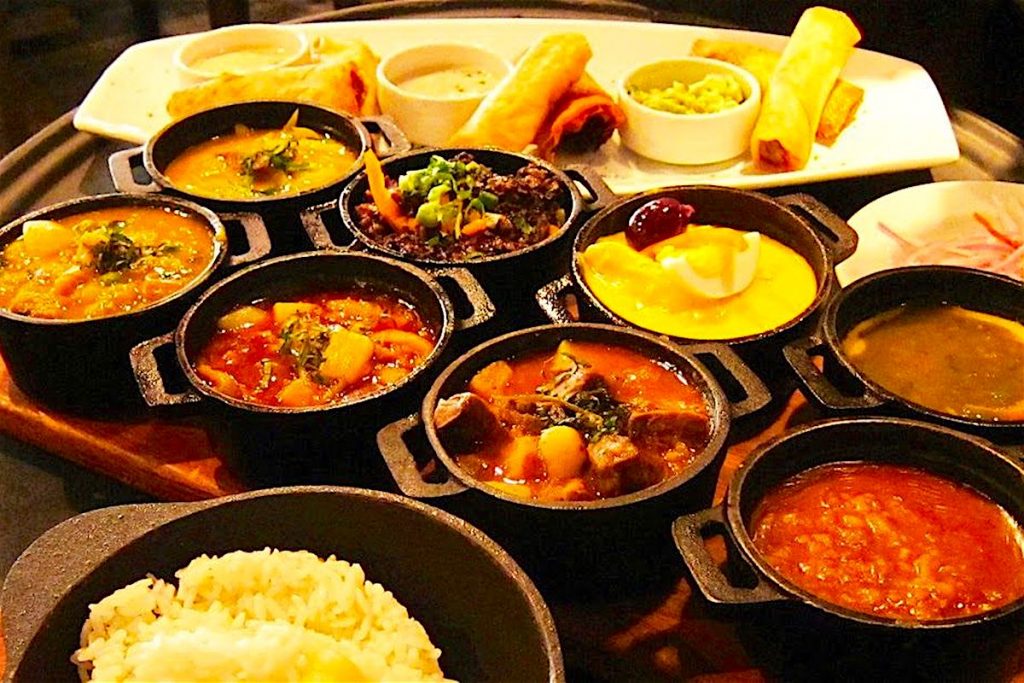
Discover Paracas Biodiversity
Paracas, located 4 hours south of Lima, is an amazing beach town with huge biodiversity and one of the most aesthetically capturing landscapes on the Peruvian coast. The area is renowned for incorporating the Peruvian desert with the Pacific coast, resulting in an outstanding environment with arid views.
It also includes one of Peru’s first protected areas, the Paracas National Reserve. The reserve is home to diverse aquatic life and exotic birds. They add to the area’s natural beauty.
Paracas is the ideal vacation spot for anyone seeking a break from Peru’s loud and stressful capital, and it has become one of the country’s most popular areas. The seaside resort is known for its scenic surroundings. It’s also well-known for its culinary expression. Traditional seafood dishes are a focal point of its culture.
Fly Over Nazca Lines
Nazca is located in the heart of Peru’s desert, 447 km from Lima. This intriguing area was home to the Nazca culture, an autonomous civilization that emerged during the first century. But, this old society vanished, leaving a mystery to be solved.
The Nazca Lines are one of the world’s greatest mysteries. They consist of roughly 1,100 geoglyphs etched into the Nazca plain. The geoglyphs depict straight lines, plants, animals, and mathematical patterns,. Yet, the purpose of these lines is unknown.
Many archeologists thought they were an astronomical calendar. Some even suggested that this could be a landing place for alien spacecraft. However, Yamagata University in Japan carried out new research that suggests these ancient figures may be religious.
Some Nazca Lines are more than 350 meters long, while others are only 5 meters long. Among the most popular are the killer whale, monkey, astronaut, hummingbird, condor, and spider. The best way to observe these magnificent geoglyphs is to take a fly. However, you may see three from a viewing platform on the Panamericana Sur Highway.
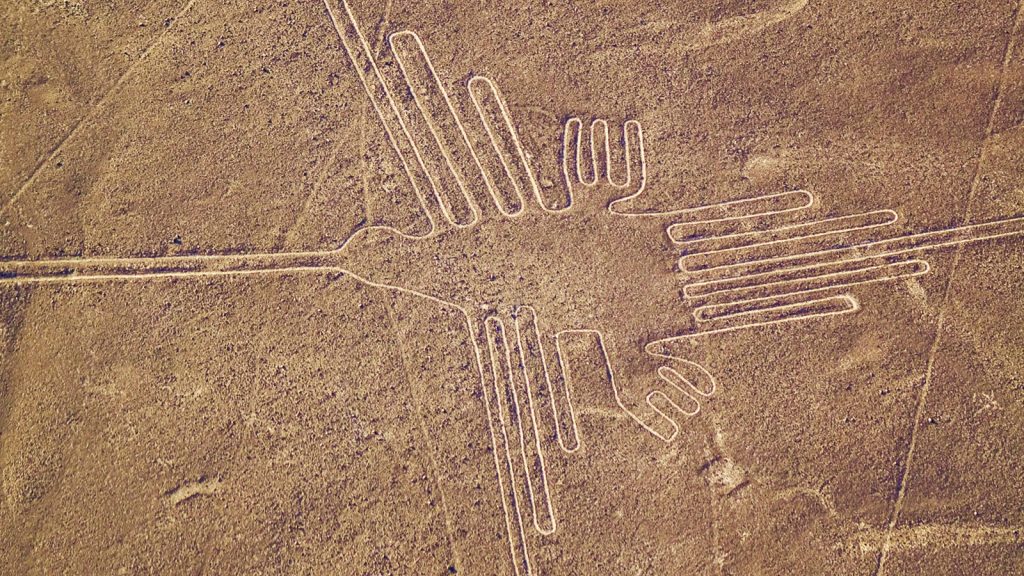
Discover why Arequipa is the White City
Arequipa is Peru’s second-largest city, situated in the Peruvian Andes at 2,335 meters above sea level. Arequipa is frequently referred to as the most beautiful city in the Andes, because of its amazing colonial architecture, historical sites, and natural beauties. Dare to explore Arequipa and its surroundings; you won’t regret it.
This remarkable city had a significant role during colonialism because it was one of the country’s main financial centers. However, indigenous people used the Chili River valley 6,000 years ago.
Because of the Spanish influence, Arequipa‘s old town is regarded as Peru’s most visually attractive historical center, with original architecture and structures constructed completely of white volcanic stone. Arequipa is also known as the White City.
The Historic Center of Arequipa has around 500 historical structures. It was designated as a UNESCO World Heritage Site in 2000. Therefore, this area has become a major tourist destination throughout time.

Puno, the City of the Titicaca
The Puno area was home to Pre-Inca civilizations that appear to date back to 1,400 B.C. It was strategically located between Cusco, Arequipa, Potosí, and La Paz. This made it important during colonization.
This little city is known for its cultural expression. You can discover exquisite fabrics and crafts there. You can also visit large religious celebrations like the Virgen de la Candelaria festival.
For these reasons, it protects Lake Titicaca’s shore. It attracts over 800,000 people a year, making it the Andes’ most popular spot.
Cusco, the City of the Empire
The City of Cusco has been referred to as the Archeological Capital of the Americas since it was where the Inca Empire resided. This Andean treasure is the main tourist destination for many visitors to South America. Cusco is known for its real architecture, history, and beauty. As a result, Cusco is Peru’s most popular tourist destination, with over 4.4 million visitors each year.
Before colonization, Cusco served as the capital of the Tawantinsuyu Inca Empire. During this period, the city grew into a sophisticated urban center with distinct religious and governmental roles that were clearly defined, dispersed, and ordered.
Explore bohemian neighborhoods such as San Blas, San Cristobal, La Plaza de Armas, and more. Wander stunning places like the Rainbow Mountain. See the clear, blue waters of the Humantay Lagoon. Explore the Saqsaywaman ruins.
Then, take a full-day trip to the Sacred Valley. Cusco has the most attractions in the whole country. We assure you that if you take your time to explore the city and its surroundings, you’ll create new memories.
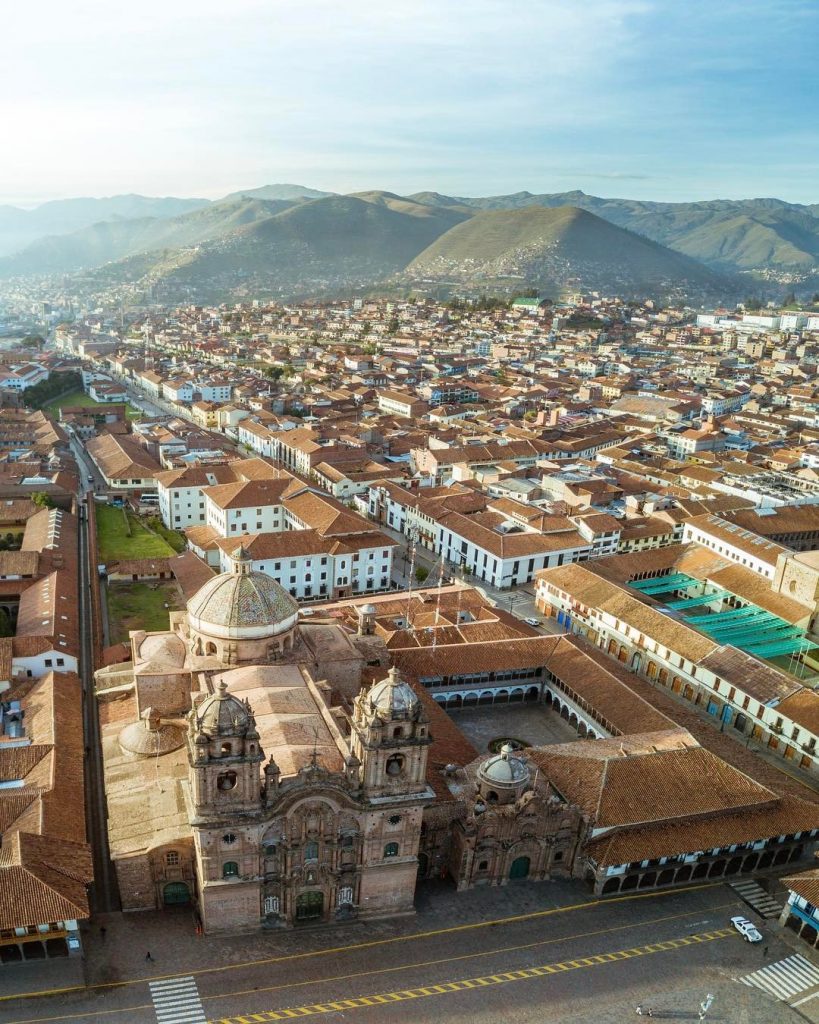
Machu Picchu the lost Inca Citadel
Machu Picchu is thought to have been abandoned 100 years after it was built. There is no evidence linking the Spanish invaders to the reason. Some research suggests that the Incas left this particular area because of a smallpox epidemic.
However, this remains a mystery. Historians throughout the world think Machu Picchu was a ceremonial center, while some say it operated as a sovereign state.
Although the original function of Machu Picchu is unknown, the most realistic explanation appears to be the Inca Citadel as a religious center owing to its closeness to mountains and other characteristics that the Incas regarded sacred.
Machu Picchu became a UNESCO World Heritage Site in 1983. But, it was not until 2007 that it was named one of the New Seven Wonders. This notable historic sanctuary has kept its old building practically intact to the present day.
The Inca Trail to Machu Picchu is a vast network of paths that connects various Tahuantinsuyo places. Many visitors to Machu Picchu use this as their primary mode of travel.
The Inca Trail is the most popular trekking to reach the old citadel. People choose it for its historical significance and the breathtaking beauty in the area. This is your best bet if you want to explore Machu Picchu besides the traditional way. You can get more information about Aguas Calientes and Machu Picchu here.
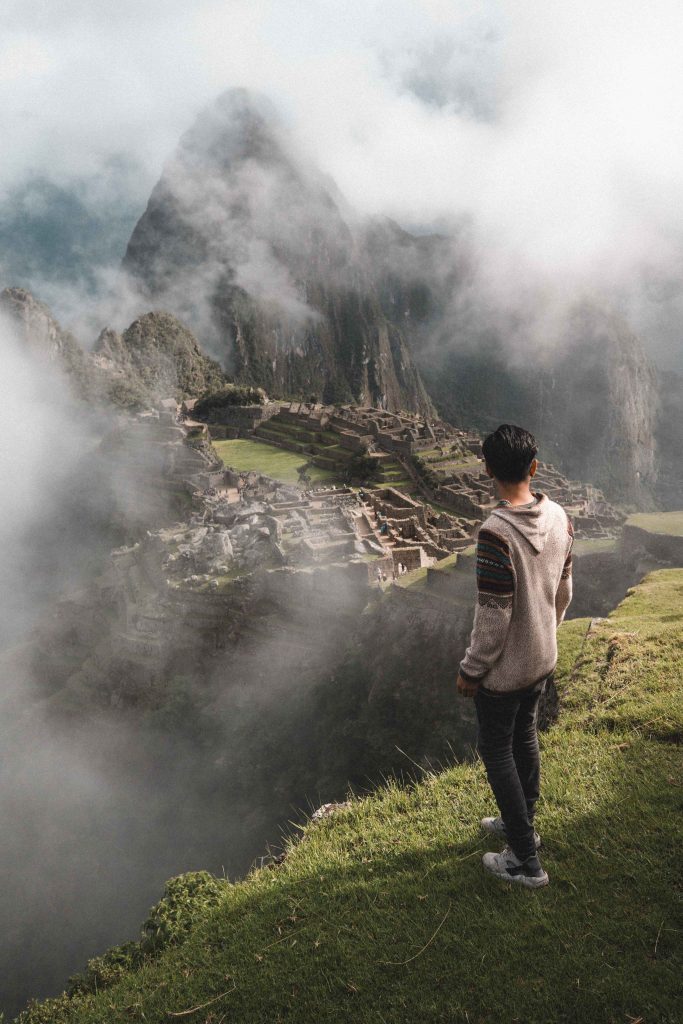
Live the Adventure in the Jungle of Tambopata
This is also called Peru’s Biodiversity Capital. It covers 247,690 hectares and is home to 632 bird species, 200 fish species, 206 reptiles and amphibians, 1,200 butterfly species, and over 1,713 plant species. And, while it may appear that we already know everything about it, fresh discoveries are made each year, adding to the total!
Tambopata is the ideal Amazon location for adventurous visitors, photographers, and people who just like nature. Thanks to its accessibility, it is one of Peru’s most popular reserves. Over 50,000 people visit each year to immerse themselves in the beautiful Peruvian Amazon.
The Madre de Dios region provides a variety of outdoor activities, including boat rides and midnight hikes through the jungle. That way, you’ll learn everything there is to know about this wonderful region. You’ll learn about its impact on Earth and how we, as humans, have influenced one of the planet’s most biodiverse areas.
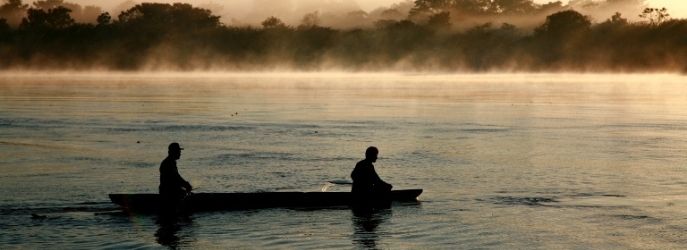
As you see Peru is a wonderful country, full of stunning and unique places, Viagens Machu Picchu offers packages to discover Peru in different ways. We are committed to keep showing you the beauty of our country and creating your dream trip. Contact us and allow us to make your memories in our country unforgettable.


